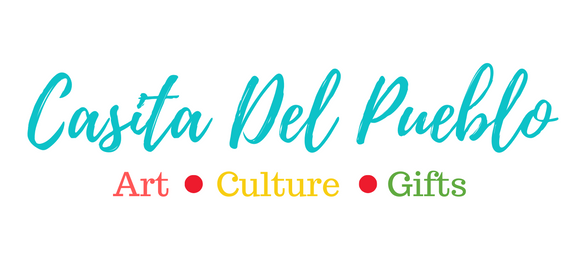Who is Frida Kahlo?
Frida Kahlo de Rivera (July 6, 1907 – July 13, 1954) was a female Mexican artist who is best known for her self-portraits. Her work has been celebrated in Mexico as emblematic of national and Indigenous tradition, and by feminists for its uncompromising depiction of the female experience and form.
Mexican Culture and tradition are important in her work, which has been sometimes characterized as naïve art or folk art. Her work has also been described as surrealist. Frida rejected the "surrealist" label; she believed that her work reflected more of her reality than her dreams.
Kahlo had a volatile marriage with the famous Mexican artist Diego Rivera. She suffered lifelong health problems, many caused by a traffic accident she survived as a teenager. Recovering from her injuries isolated her from other people, and this isolation influenced her works, many of which are self-portraits of one sort or another. Kahlo suggested, "I paint myself because I am so often alone and because I am the subject I know best."
It was not until the end of the 1970s and the early 1980s, with the beginning of Neomexicanismo, that she became well-known to the public. It was during this time that artists such as Kahlo, Abraham Ángel, Ángel Zárraga, and others gained recognition, and Jesus Helguera's classical calendar paintings became famous.
Kahlo remains to this day an icon. She embodies the feminine and masculine, she broke gender roles and told her story through her artwork in the most honest way possible. Frida is looked upon as a hero to feminism, in an artist world ruled by men she held her own and stood firm, paving the way for female artists through out time.



